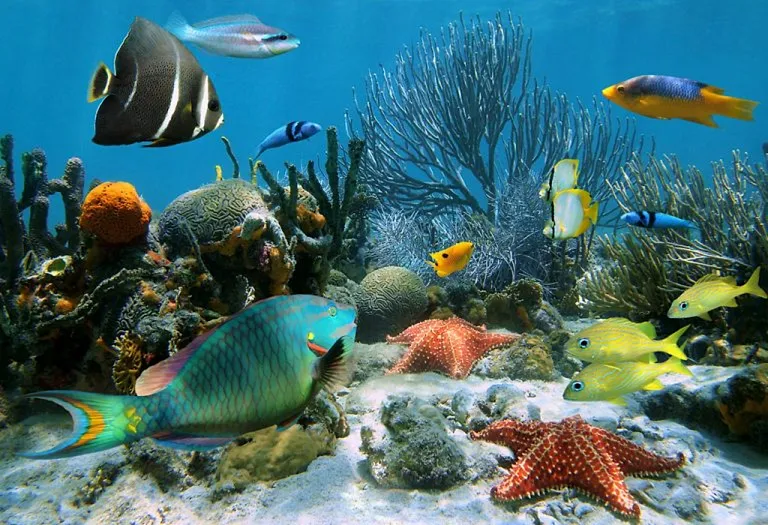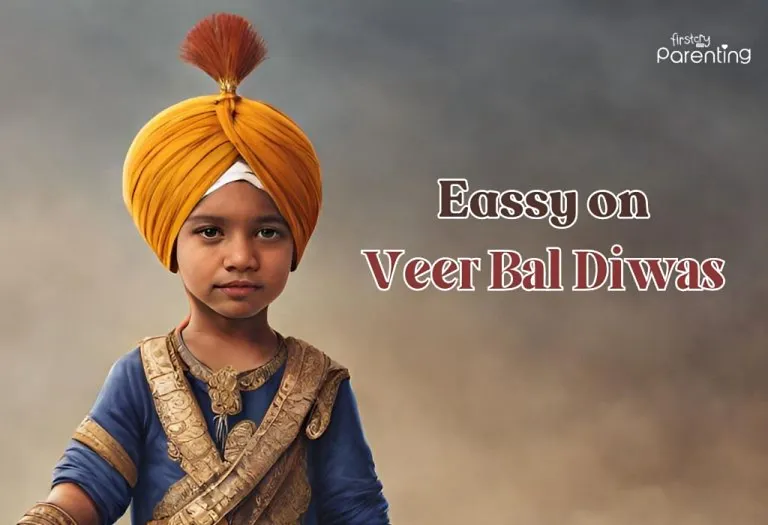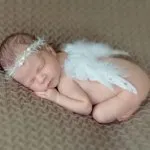Free Verse Poems – Definition, How to Write & Examples for Kids
Introducing children to the enchanting world of poetry is like opening a treasure trove of creativity and imagination. Free verse stands out for its boundless freedom and expression among the many forms of poetry. Free verse poems, with their lack of rules or patterns, offer a unique opportunity for children to explore their thoughts and feelings creatively and unrestrictedly. This article is dedicated to free verse poems for kids, delving into what they are and how they’re crafted and providing delightful free verse poem examples for students that will inspire young minds to express themselves through words, free from the constraints of rules or rhymes.
What Is a Free Verse Poem?
Free verse is an open form of a poem, which, in simple terms, means that there is no set length or determined structure to the poem. Free verse poems do not follow any rules since there is no rhyme scheme and no pre-determined metrical design or pattern. Many free verse poems are so short that they do not resemble poems.
During the early 20th century, a group of individuals who termed themselves Imagists wrote some spare poetry concentrated on concrete images. These poets did not use any obscure symbols or abstract philosophies. Many times, they also let go of punctuation. “The Red Wheelbarrow,” written by William Carlos in 1923, is an example of a free-verse poem. This poem can be categorised as free verse based on the Imagist tradition. The poem has only sixteen words, and in these sixteen words, Williams gives us an accurate picture, confirming how vital it is to capture small details. Other free verse poems successfully express powerful emotions using hyperbolic language, run-on sentences, rambling digressions, and chanting rhythms. Allen Ginsberg’s “Howl,” written and published in 1956, is perhaps the best example of a free-verse poem about love. This poem was written following the tradition of the 1950s Beat Movement and is nearly 2,900 words. This poem is unique because it can be read as three extraordinarily lengthy run-on sentences.
Highly experimental poetry can also be written as free verse. The poet may concentrate on word sounds or images without paying attention to syntax or logic. Mystical by Rose H. Plane is a beautiful free-verse poem about nature. The poem has extraordinary word arrangements.
Critics state that since the free verse poem definition describes it as a type of poetry with no strict rules, these poems are glorified prose. However, free verse poems have their undeniable charm.
How to Write a Free Verse?
A free-verse poem is one of the easiest poems to write. However, writing a free verse poem can be challenging. The best way to write a free-verse poem is to associate the rhythm of the subject with the rhythm of one’s natural voice (2). A normal poetic voice is metrical and lyrical, with pauses and accents as predominant as those written with stringent classic forms of verses. One may wonder what the elements of free-verse poetry are. Free-verse poems differ and do not follow a strict set of elements. Some aspects of free-verse poems are rhythm, strophes, strophic rhythms, stanzaic patterns, cadences, or rhythmic units.
1. Select a Subject and Start Writing About It
Try and write down all that you feel about the subject. Get it all out. The trick here for the poet is to try and stay true to the rhythm.
2. Embrace Spontaneity
Free verse poetry thrives on spontaneity and freedom. Allow your thoughts and emotions to flow naturally onto the page without worrying about structure or rules. Write from the heart, letting your words shape organically as you explore your innermost feelings and ideas.
3. Focus on Imagery and Sensory Detail
In free verse poetry, vivid imagery and sensory detail can breathe life into your words. Engage the senses by incorporating descriptive language that paints a vivid picture in the reader’s mind (1). Use metaphors, similes, and descriptive language to evoke emotions and create a lasting impact.
4. Go Through and Study the Rough Poem
A rough read helps ensure that you have not missed writing anything. If you have missed adding a simile, metaphor, stanza, or line, add it.
5. Ensure to Read the Poem Aloud.
Free verse is nothing but a rhythmic dance with words and voice, so keep reading the poem aloud, checking the order of lines, and ensuring that the flow has been maintained throughout.
6. Editing and Proofreading
The next step is to move through the poem with an editor’s pen and ensure that you have chosen the words that provide the perfect cadence and accent.
7. Read the Final Draft Aloud
Keep reading the poem aloud until you feel it flows like water, and you can feel it from within. Once this is completed, you will indeed have written a beautiful free-verse poem.
Best Free Verse Poems for Children
Life is nothing but a fairy tale with no rules to follow. Free-verse poems are just like children who live in a world of their own. Following are some of the best free verse poems for kids. These poems are beautiful and creative yet simple to read.
1. Follow The Moon by Marie Tully
“I followed the moon,
Or did it follow me?
I turned a corner;
It was still there, you see.
I tried to trick it.
In the shadows I hid,
But the moon kept on watching.
That’s what it did.
A cloud passed before it.
Now was my chance,
But the stars in the sky
Never could lie.
I walked on through the night.
The moon followed me home,
Or did I follow the moon?
I don’t quite know.”
2. City of Potholes by Kelly Roper
“Zig-zagging down the road
Trying not to stray over the center line
Or hit a curb
Or break an axle
Or flatten a tire
Or wind up in the next surprise sinkhole.
Driving in Toledo is not a sport
For the timid or the sane or the under-insured.”
3. Real Silence by Atticus
“I longed for real silence
the kind you can’t find
but stumble upon
in some cabin
somewhere
on a lake without a moon
where you hear the cigarette burn
and the candles flicker
and your mind dances alive
to the symphonies in the black.”
4. Up Above by Becki B
“Up above
Sits our nanny
In her rocking chair,
She’s smiling down upon us.
It’s nice to know she’s there
Her star is shining brightly.
We find it every night,
The big one in the middle above our house at night.”
5. No Celebration by John P. Read
“What’s the point of celebrating
When the ones you loved have gone?
It’s only the beginning of another year,
Another year of struggling alone.
Nothing new will happen.
Nothing old will ever change.
The past has left its scars.
Now only old memories remain.”
6. Autumn by T.E Hulme
“A touch of cold in the Autumn night—
I walked abroad,
And saw the ruddy moon lean over a hedge
Like a red-faced farmer.
I did not stop to speak, but nodded,
And roundabout were the wistful stars
With white faces like town children.”
7. The Pool by H.D.
“Are you alive?
I touch you.
You quiver like a sea-fish.
I cover you with my net.
What are you—banded one?”
8. Risk by Anais Inn
“And then the day came,
when the risk
to remain tight
in a bud
was more painful
than the risk
it took
to blossom.”
9. You Took The Last Bus Home by Brian Bilston
“You took
the last bus home
i still don’t know
how you got it through the door
but you’re always doing amazing stuff
like the time
when you caught that train”
10. Angels by Mary Oliver
“You might see an angel anytime
and anywhere. Of course you have
to open your eyes to a kind of
second level, but it’s not really
hard. The whole business of
what’s reality and what isn’t has
never been solved and probably
never will be. So I don’t care to
be too definite about anything.
I have a lot of edges called Perhaps
and almost nothing you can call
Certainty. For myself, but not
for other people. That’s a place
you just can’t get into, not
entirely anyway, other people’s heads.
I’ll just leave you with this.
I don’t care how many angels can
dance on the head of a pin. It’s
enough to know that for some people
they exist, and that they dance.”
11. Cloud by Kay Ryan
“A blue stain
creeps across
the deep pile
of the evergreens.
From inside the
forest it seems
like an interior
matter, something
wholly to do
with trees, a color
passed from one
to another, a
requirement
to which they
submit unflinchingly
like soldiers or
brave people
getting older.
Then the sun
comes back and
it’s totally over.”
12. Harlem by Langston Hughes
“What happens to a dream deferred?
Does it dry up
like a raisin in the sun?
Or fester like a sore—
And then run?
Does it stink like rotten meat?
Or crust and sugar over—
like a syrupy sweet?
Maybe it just sags
like a heavy load.
Or does it explode?”
FAQs
1. What are the benefits of writing free verse poems for kids?
Writing free verse poems can be highly beneficial for kids. It encourages creativity, self-expression, and critical thinking skills. It allows children to explore their thoughts and emotions in a safe and unrestricted environment, fostering a love for language and literature. Additionally, free verse poems help improve vocabulary, writing skills, and emotional intelligence.
2. How can parents or teachers introduce free verse poetry to kids?
Various engaging activities can introduce free verse poetry to children. Parents and teachers can read examples of free verse poems aloud, encourage kids to write poems, provide inspiration prompts, and organise poetry workshops or events. By making poetry fun and accessible, children can develop a lifelong appreciation for creative expression.
3. Are there any famous poets known for writing free verse poems for children?
Yes, several famous poets have contributed to the genre of free verse poetry for children. Shel Silverstein, Langston Hughes, and others are examples of poets whose works resonate with young audiences. Their playful use of language, vivid imagery, and relatable themes make their poems memorable and enjoyable for kids of all ages.
Free verse is not mandatorily challenging to interpret. Various contemporary poets have written free-verse narratives using the language of general speech. Ellen Bass’s “What Did I Love” is one of the best free-verse poems about life. The poem could be considered prose if it were not for the line breaks.
References/Resources:
1. 5 TIPS FOR WRITING A FREE VERSE POEM; Power Poetry; https://powerpoetry.org/actions/5-tips-writing-free-verse-poem
2. Free Verse; Academy of American Poets; https://poets.org/glossary/free-verse
Also Read:
Fall Poems for Children
Short English Poems for Kids
Simple Acrostic Poems for Kids
Amazing Cinquains Poems for Children
















